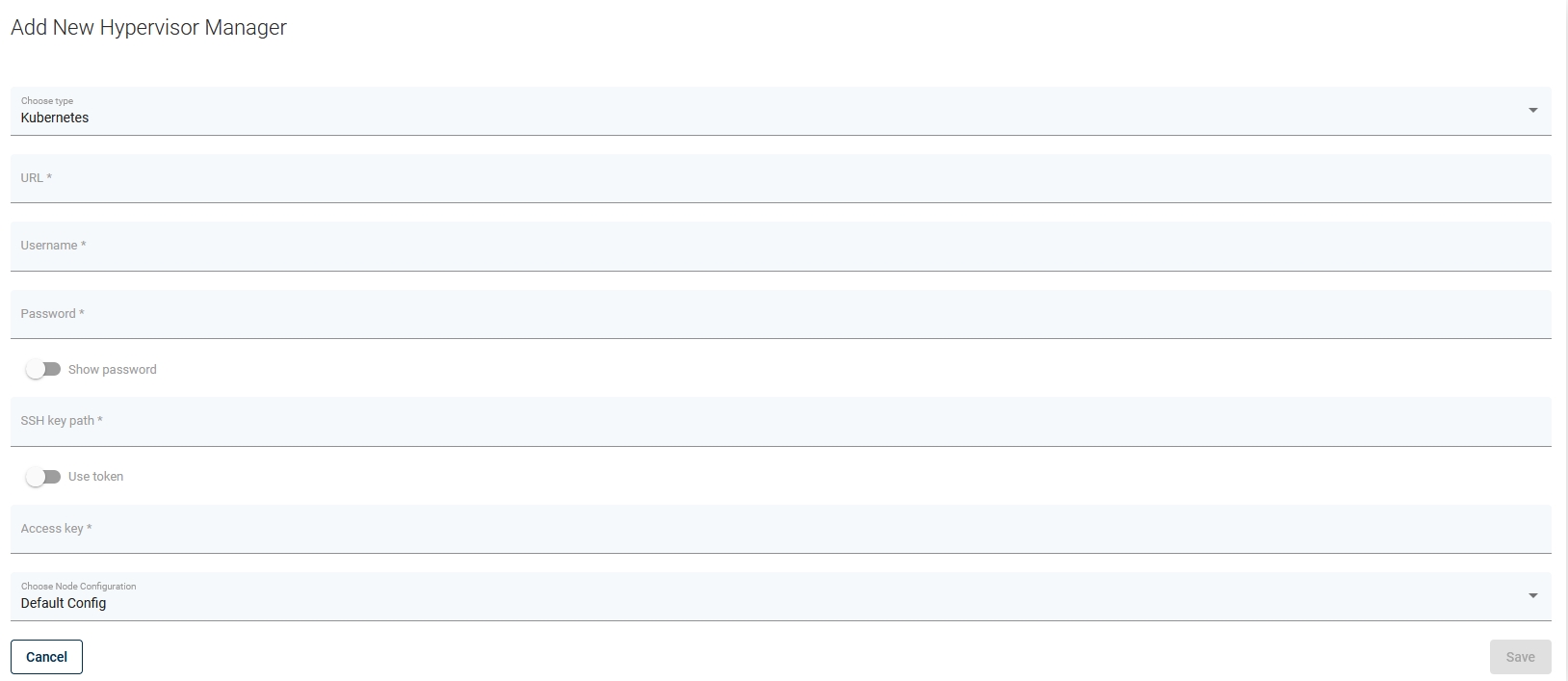Kubernetes
Storware Backup & Recovery Node preparation
Storware Backup & Recovery Node requires kubectl installed (you have to add Kubernetes repository to install kubectl) and kubeconfig with valid certificates (placed in /home/user/.kube) to connect to the Kubernetes cluster.
Check if your kubeconfig looks the same as below.
Example:
current-context: admin-cluster.local
kind: Config
preferences: {}
users:
- name: admin-cluster.local
user:
client-certificate-data: <REDACTED>
client-key-data: <REDACTED>Copy configs to Storware Backup & Recovery Node. (Skip this and point 2 if you don't use Minikube)
If you use Minikube, you can copy the following files to Storware Backup & Recovery:
sudo cp /home/user/.kube/config /opt/vprotect/.kube/config sudo cp /home/user/.minikube/{ca.crt,client.crt,client.key} /opt/vprotect/.kube
Modify the paths in
configso they point to/opt/vprotect/.kubeinstead of/home/user/.minikube. Example:
- name: minikube
user:
client-certificate: /opt/vprotect/.kube/client.crt
client-key: /opt/vprotect/.kube/client.keyAfterward, give permissions to the
vprotectuser:

Kubernetes Nodes should appear in Storware Backup & Recovery after indexing the cluster.
Persistent volumes restore/backup
There are two ways of restoring the volume content.
The user should deploy an automatic provisioner which will create persistent volumes dynamically. If Helm is installed, the setup is quick and easy https://github.com/helm/charts/tree/master/stable/nfs-server-provisioner.
The user should manually create a pool of volumes. Storware Backup & Recovery will pick one of the available volumes with proper storage class to restore the content.
Limitations
currently, we support only backups of Deployments/DeploymentConfigs (persistent volumes and metadata)
all deployment's pods will be paused during the backup operation - this is required to achieve consistent backup data
for a successful backup, every object used by the Deployment/DeploymentConfig should have an
applabel assigned appropriatelya storage class must be defined in the Kubernetes environment for backup and restore operations to function properly
Last updated